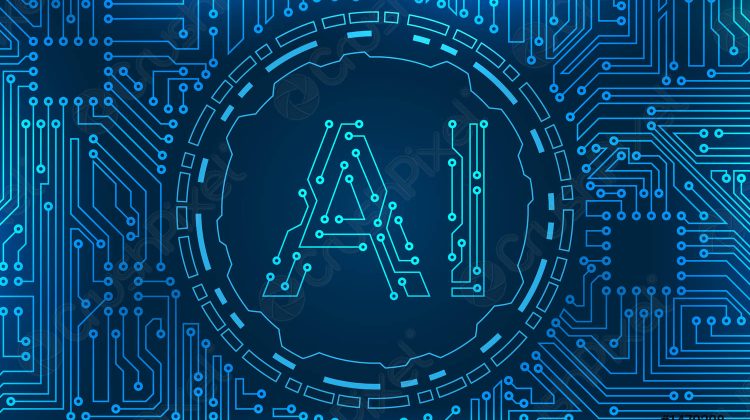
Artificial intelligence
AI (Artificial Intelligence) is a set of techniques, techniques and mathematical models that allow computers and computer systems to automatically recognize data, make decisions and solve complex problems using algorithms. The purpose of using artificial intelligence is to increase the efficiency and practicality of systems and computers, to improve the performance and efficiency of machines, as well as to increase the speed and accuracy in solving complex problems.
Artificial intelligence is generally classified into two categories: Weak AI and Strong AI. In weak artificial intelligence, systems are designed to perform specific tasks and are used only in the context of performing these specific tasks, but in strong artificial intelligence, systems are designed to perform well in all areas of human intelligence.
Artificial intelligence is divided into several subfields, including the following:
- Machine Learning: In this sub-branch of artificial intelligence, systems have the ability to learn and improve themselves by analyzing input data and using mathematical models and algorithms. In fact, by analyzing the input data, the system identifies patterns and using these patterns, it can reach better decisions.
- Natural Language Processing: In this sub-branch, systems have the ability to interpret and understand human natural language. This capability allows systems to generate the appropriate response by giving a human input in natural language. This subfield of artificial intelligence is used in areas such as machine translation, sentiment analysis and text mining, question answering, and other similar applications.
- Computer Vision: In this sub-branch, systems have the ability to recognize and interpret images and videos using algorithms and mathematical models. This subfield is used in areas such as face recognition, object recognition, image analysis, unmanned vehicles, and other similar applications.
- Fuzzy Logic: In this sub-branch, the systems have the ability to analyze data with an uncertain and unknown state. This sub-branch of artificial intelligence is used in areas such as risk prediction and analysis, decision making when insufficient data is available, automatic control and intelligent systems.
- Neural Networks: In this sub-branch, the systems simulate the modeling of human behavior in the system of different inputs and outputs, using algorithms and mathematical models. This sub-branch of artificial intelligence is used in fields such as pattern recognition, medical image analysis, disease diagnosis, signal analysis and other widely used applications.
Artificial intelligence is used in various fields including medicine, industry, finance, transportation, marketing and other fields of application. Among the advantages of using artificial intelligence, we can mention increasing efficiency and accuracy in performing tasks, reducing costs, better forecasting and analysis, improving user experience and making systems and computers more functional. However, artificial intelligence also has challenges such as big data processing, security and privacy, compliance with standards and laws, as well as the need for high technical expertise and knowledge.
